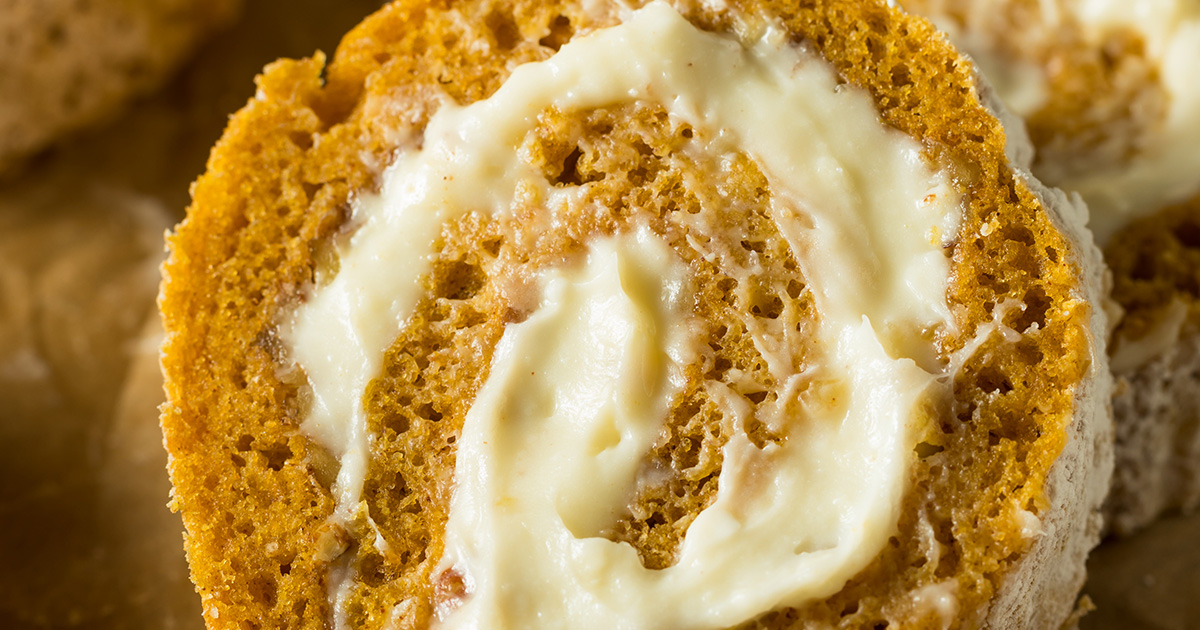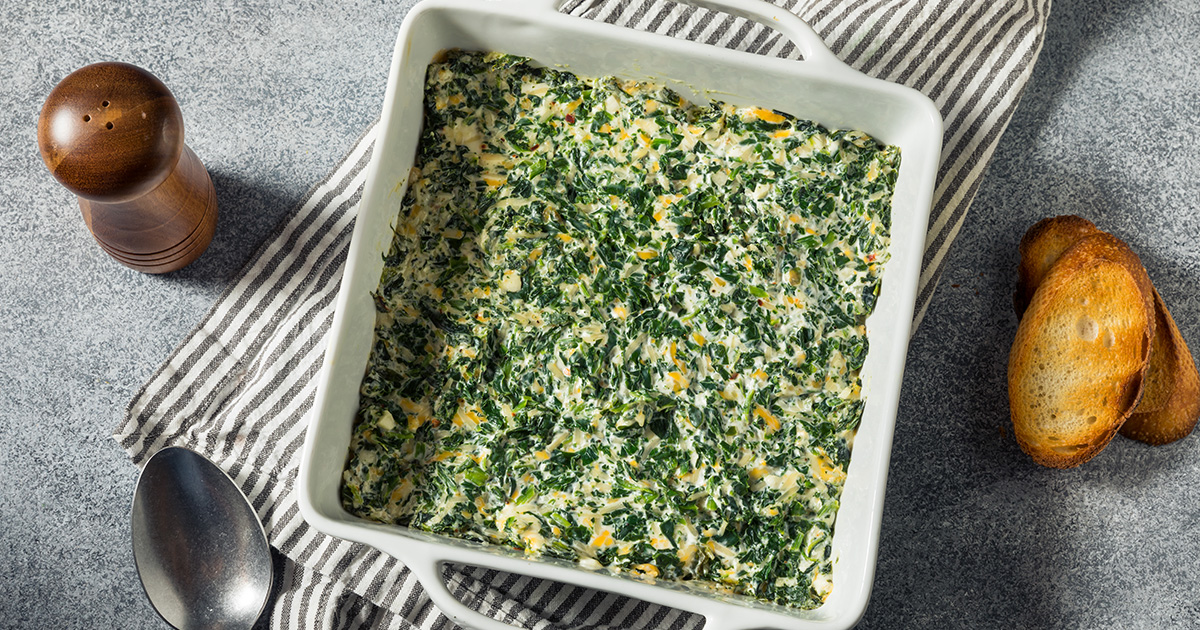About the Recipe
All puns aside, dogs love the smell and taste of fish! Fish is a healthy source of protein and is often included in commercial dog food kibble as an alternative protein source. Fish is rich in amino and omega-3 fatty acids, which according to veterinarians may have health benefits such as decreasing inflammation or improving skin and coat.
Dogs can have a wide variety of fish in their diet, including salmon, tuna (not albacore tuna), ocean whitefish, lake whitefish, herring, swai, trout, walleye, flounder, and Arctic char. Dogs cannot have smoked salmon, shellfish (as they are filter feeders, shellfish can contain toxins and heavy metals, which could make your dog sick), breaded or battered fish (these contain unhealthy oils and fats that can cause vomiting, diarrhea, and pancreatitis), shark, tilefish, swordfish, or king mackerel.
Any fish of every edible species must be thoroughly cooked and should not be fed to dogs raw. Raw or undercooked fish can be a potential host for parasites and harmful bacteria.
For best results, please consult your veterinarian regarding any feeding and/or nutritional guidelines for the health, allergy, and wellness needs of your pet.
The Recipe
Let’s cut straight to the good part, shall we? Below the recipe, you’ll find more information regarding the cost of ingredients, health benefits, and details about how the recipe was curated.
What you’ll need:
- Choose one (1) option for fish/meat:
- 2 cans cooked salmon, drained and deboned
- 6 cans chunk tuna in water, drained
- 2 lbs fresh or frozen salmon, tuna, perch, trout, or cod, scaled and diced
- 1 can kidney beans, drained
- 2 bags frozen california medley (carrots, cauliflower, broccoli) OR
- 1 can sliced carrots, drained
- 1 bag frozen broccoli
- 1 bag frozen cauliflower
- 1 can sliced carrots, drained
- 1 bag frozen sweet peas
- 2 cups fresh leaf kale
- 1 cup frozen, fresh, or dried cranberries
- 1/2 container (16 oz) chicken or beef broth, reduced sodium
- 1/2 gallon natural spring water
- 2 tsp dill weed seasoning
- 2 tsp oregano seasoning
- 2 tsp paprika seasoning
- 2 tsp rosemary seasoning
Preparation:
You can make this recipe primary using a stock pot or a crockpot, 2qt saucepan, skillet, rice cooker, and/or masher. It is not recommended to use an air fryer for this recipe.
- Mix the dill weed, oregano, paprika, and rosemary seasonings in a dish.
Fish/Meat:
- Grill or warm-up cooked fish in an iron skillet until medium-well done. Do not feed raw fish to your dog.
- for flavor while cooking, but save some for the finished batch.You can add
- Do not drain the fish oil. Set aside and allow to cool.
- Using the masher, break up the fish into bite-size chunks. Do not overly blend and/or pulverize the fish.
Grain:
- This recipe utilizes cauliflower as a starch/grain, but you may use 2 cups of brown rice or whole wheat pasta instead.
- Using a rice cooker or pot, boil the rice or whole wheat pasta until thoroughly cooked. Follow the directions on your rice cooker or follow the “1/2 inch water above the rice in a pot” rule. Do not overcook the pasta.
- Drain any excess water. Set aside and/or allow to cool.
Vegetables/Fruits:
- Combine sweet peas, carrots, broccoli, cauliflower, kale, kidney beans, and cranberries in a crockpot or large stock pot.
- Submerge the vegetables in chicken broth (only 1/2 container or 16 oz) first, then add spring water, filling the pot to about 1/2 inch above the surface of the vegetables. Bring to a boil, thoroughly cooking the vegetables and cranberries together for about 15-20 minutes. You can add the seasoning mixture to the vegetables as they boil to enhance the flavor of the dish!
- Drain the vegetables, set aside with cooked salmon. Allow the vegetables to cool. You can save the broth for future, human-grade cooking!
- Once the vegetables have cooled, mash them up into bite-sized chunks using the handheld masher. Do NOT blend them into a mix using a mixer or blender. The chunks add great texture to your dog’s food and fills their bellies more efficiently.
Putting it all together:
Starting with the mashed vegetables and cranberries, slowly add the grilled fish, fish oil remnants, and any grain you may have prepared into the mixture. Add any remaining seasonings that may have been left over from preparing the fish and/or add a dash of each seasoning to ensure the herbs plentiful in the mix.
Once the fish, grain, and vegetables have been mixed, set aside and allow the entire mixture to cool before serving. You can serve it to your dogs warm, but please — do not serve it to them hot! Hot foods can burn their mouth and/or tongue, causing them to have anxiety or fear when eating steaming foods in the future.
If you are considering supplements for your pet, check out the supplements offered by Just Food for Dogs that support joint, skin and allergy, probiotic, and behavioral health. Our favorite is the Omega Plus, which promotes healthy skin and a shiny coat.
Portion sizes:
Depending on the size of your dog, this recipe may feed a 20 lb. dog for up to a week (7-days).
Feeding specifications are unique for dogs of every size, weight, breed, and/or special health considerations. Some pet owners may measure portions for every 10 lbs of body weight, adding 1/4 cup of food per serving. For example, a 20 lb dog may either have one (1) cup of food daily or 1/2 cup of food per serving or meal, with two (2) servings per day (totaling 1 cup per day).
Just Food for Dogs has a dog food calculator available for public use, which may be helpful in determining the needs of your pet.
For best results, please consult your veterinarian regarding feeding and/or nutritional guidelines regarding your pets health.
How to store it:
This is a bulk food recipe. You can freeze, can, or refrigerate this mixture into servings and/or portion-friendly packages. You can use freezer quart bags, storage containers, glass jars, cans, or any other traditional human-grade food storage container. Divide into daily or individual portions for each dog or collectively, depending on the unique specifications of your dogs.
Please avoid reheating and/or cooking the food mixture in plastic containers or bags wherever possible for optimum canine health and safety purposes.
Ingredients
You can purchase just about everything on the ingredients list at your local grocery store, like Aldi, Save a Lot, IGA, Whole Foods Market, or Trader Joe’s. We have found Aldi often has the cheapest cost-per-serving high-quality ingredients at regular price without the use of coupons.
| Ingredient | Measure | Avg. Cost |
|---|---|---|
Herbs and Spices |
||
| Dill Weed | 2 tsp | $ 0.99/jar |
| Oregano | 2 tsp | $ 0.99/jar |
| Paprika | 2 tsp | $ 0.99/jar |
| Rosemary | 2 tsp | $ 0.99/jar |
Liquids, Oils, and Healthy Fats |
||
| Reduced Sodium Chicken Broth | 32 oz | $ 1.49 |
| Spring Water | 1 gallon | $ 0.89 |
Proteins & Legumes |
||
| Canned Salmon | 2 cans | $ 3.19/can |
| Kidney Beans | 1 can, drained | $ 0.79/can |
Vegetables & Fruits
|
||
| California Medley | 2 bags, frozen | $ 0.99/bag |
| Cranberries | 1 cup, raw | $ 1.09/bag |
| Kale | 2 cups, raw | $ 2.99/bag |
| Sweet Peas | 1 bag, frozen | $ 0.99/bag |
About Homemade Dog Food
Most variations of shelf-stable “pet food” is not really what we would consider to be “food”. Unfortunately, many dry or wet pet food brands do not have to meet FDA or USDA regulations of safe, edible food and use unsafe ingredients like low-quality meats or meat “by-products” that are expired, diseased, or even contaminated. There are very few safety measures in place and loose product labeling laws allow for these items to be advertised as “premium,” “natural,” or “organic” pet “food.”
For best results, please consult your veterinarian regarding feeding and/or nutritional guidelines regarding your pets health.
When making any decisions regarding the dietary needs of your pet, please consult a veterinarian prior to preparing any homemade recipes for your canine best friend. Find a veterinarian in your area.


